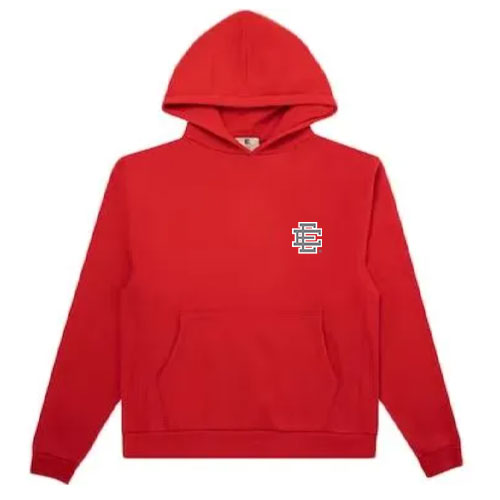
In the rapidly evolving world of fashion, the demand for stylish yet affordable clothing has never been higher. With consumers becoming increasingly conscious of both trends and budgets, the challenge lies in striking a balance that caters to this dual demand. Visit now https://ericemanuelclothing.shop/eric-emanuel-shorts/ This article explores the future of affordable fashion, delving into the key factors that will shape the industry and how brands can thrive in this competitive landscape.
A Game Changer in the Industry
Fast fashion has revolutionized the fashion industry, making trendy clothing accessible to a wider audience at lower prices. Brands like Zara, H&M, and Forever 21 have mastered the art of quickly translating runway trends into mass-produced garments. However, the fast fashion model is facing increasing scrutiny due to its environmental and ethical implications.
Environmental Impact
The environmental impact of fast fashion is significant, with the industry being one of the largest polluters globally. The production processes involve high water usage, toxic chemicals, and substantial waste. As consumers become more eco-conscious, the demand for sustainable fashion practices is on the rise.
Ethical Concerns
Ethical concerns surrounding labor practices in fast fashion factories have also come to the forefront. Issues such as poor working conditions, low wages, and child labor have tarnished the reputation of many fast fashion brands. This has led to a growing consumer movement towards ethical fashion, where transparency and fair trade are paramount.
Sustainable Fashion: The Way Forward
Embracing Eco-Friendly Materials
One of the most promising solutions to the challenges of fast fashion is the adoption of sustainable materials. Brands are increasingly turning to organic cotton, recycled polyester, and other eco-friendly fabrics. These materials not only reduce environmental impact but also appeal to the growing segment of eco-conscious consumers.
Innovative Production Techniques
Innovative production techniques such as 3D printing, zero-waste pattern making, and upcycling are gaining traction. These methods help minimize waste and make the production process more efficient. Brands that invest in these technologies are likely to lead the way in the future of affordable fashion.
Transparency and Ethical Practices
Consumers are demanding greater transparency from brands about their supply chains and production practices. Brands that commit to ethical labor practices and provide clear information about their manufacturing processes will build trust and loyalty among consumers.
The Role of Technology in Affordable Fashion
E-Commerce and Digital Transformation
The rise of e-commerce has transformed the fashion industry, making it easier for consumers to access a wide range of affordable options. Check it now https://essentialsfogclothing.store/ Online platforms allow brands to reach a global audience without the overhead costs associated with physical stores. Digital transformation, including AI and data analytics, enables brands to better understand consumer preferences and optimize their offerings.
Virtual Try-Ons and Personalization
Technology such as virtual try-ons and personalized recommendations enhance the online shopping experience, reducing the uncertainty of purchasing clothing without trying it on first. These innovations not only improve customer satisfaction but also reduce return rates, contributing to more sustainable consumption.
Blockchain for Supply Chain Transparency
Blockchain technology is emerging as a powerful tool for ensuring supply chain transparency. By providing a secure and immutable record of each step in the supply chain, blockchain can help brands prove their commitment to ethical practices and build consumer trust.
Omnichannel Retail Strategies
The future of fashion retail lies in omnichannel strategies that seamlessly integrate online and offline experiences. Brands need to create a cohesive customer journey that allows consumers to interact with their products and services through multiple channels. This approach not only enhances convenience but also fosters brand loyalty.
Pop-Up Stores and Experiential Retail
Pop-up stores and experiential retail concepts are becoming increasingly popular. These temporary, immersive retail spaces allow brands to create unique experiences that engage consumers on a deeper level. Such strategies can drive brand awareness and provide a fresh way to showcase affordable fashion.
Conclusion
The future of affordable fashion hinges on the industry’s ability to balance the demand for stylish clothing with sustainable and ethical practices. By embracing eco-friendly materials, innovative production techniques, and leveraging technology, brands can meet consumer expectations while minimizing their environmental impact. As the fashion landscape continues to evolve, those who adapt to these changes will not only thrive but also lead the way towards a more responsible and fashionable future.